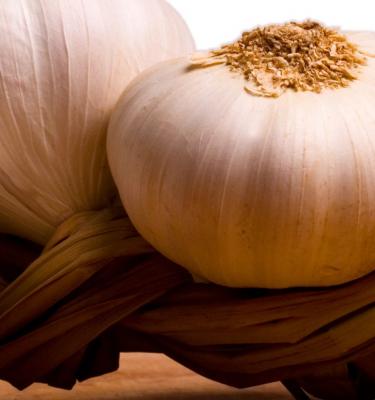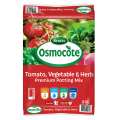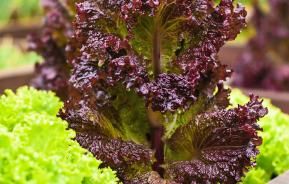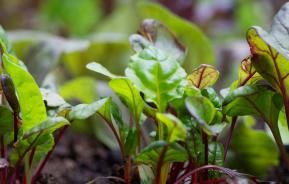Plaiting garlic is a great way to keep your homegrown crop fresh and tidy. It comes in handy when cooking and looks good in the kitchen, especially hanging up alongside plaited onions and strings of dried chillies. In this article we’ll take you through the simple steps of how to plait your own garlic.
Braiding Garlic: A Step-By-Step Guide
Good preparation is really important when getting ready to plait garlic:
- Choose the right garlic. Plant soft neck varieties of garlic, rather than hardneck, as they have softer stems and will be much easier to plait.
- Harvest it carefully. When harvesting garlic for plaiting, make sure you dig it up with a garden fork or spade. Don't be tempted to pull it up by hand, which is likely to weaken the stem and may damage the bulb. Leave some of the soil on the bulbs, and definitely don’t wash them.
- Dry it out thoroughly. Place the garlic on a rack to allow air to flow around the bulbs, in a dry place away from direct sunlight, for about 1 month.
- Clean it. Don a pair of gloves, and gently brush away the dried soil and any very loose papery skins. Use a sharp pair of secateurs to trim the roots, cutting them off as short as you can, but being careful not to nick the bulb at all.
- Place the first three bulbs. Select a garlic bulb and place it in front of you with the stem pointing towards your body. Place a second bulb snuggly next to the first bulb, with the second stem at a 45 degree angle cross the first stem, pointing just past your shoulder. Place a third bulb next to the first one, again snuggly alongside, with the third stem at a 45 degree angle across the other two stems, pointing just past your other shoulder.
- Begin to build the plaid. Use a long piece of string to tie the three bulbs together. Place a fourth bulb in front of the first one, so that it is sitting on the first stem you placed, pointing towards your body. Tie the string around the four stems to keep it in place with the other bulbs.
- Start plaiting. Cross one of the outer stems across the two middle stems, so that it points towards the other shoulder. Cross the other outer stem across the two middle stems so that it points to the opposite shoulder.
- Add more bulbs. Place a fifth bulb alongside the fourth one, this time with the stem pointing towards you. Cross the outer most stem on the other side across the other stems, so that it is pointing towards your other shoulder. Place a sixth bulb on the other side of the fourth one, again with the stem pointing towards you. Cross the outermost stem from the other side, in the same way. Finish with a seventh one in the middle, stem pointing towards your body, and secure with more string.
- Plait the loose stalks. Keep adding more bulbs until you have about 12 loosely held together. At this point carry on plaiting the stalks of the bulbs so that the ends are tidily grouped as a single bunch.
- Secure the plaited garlic. Use twine or string to tie the uppermost stems together, adding a loop so that it can be hitched over a shelf bracket or hook. Hang your garlic plait in a dry place and use as needed.
If you need some top tips on growing your own garlic, be sure to check out our comprehensive garlic growing guide.
Why Plait Garlic?
We plait garlic first and foremost to help it to last longer. Plaited, dried garlic can last all the way through to the next fresh crop arriving from the garden. It’s a great space saver too, taking up no room on the kitchen bench.
A bunch of garlic bulbs hanging at home is a sure signal to friends and family that you *know* what you’re doing in the garden as well as the kitchen. What better way to show off your homegrown crop?
It’s so decorative too – you can liven up that boring corner of the room with some purple-white-beige colours, and remind yourself every day of how your earlier efforts paid off.








